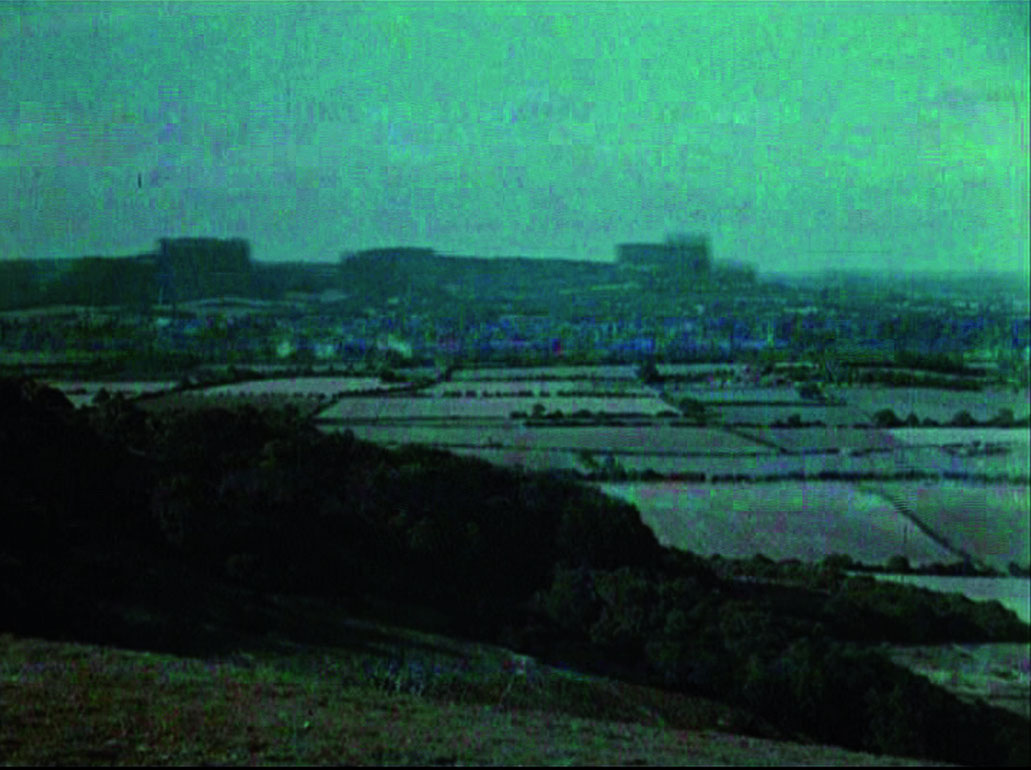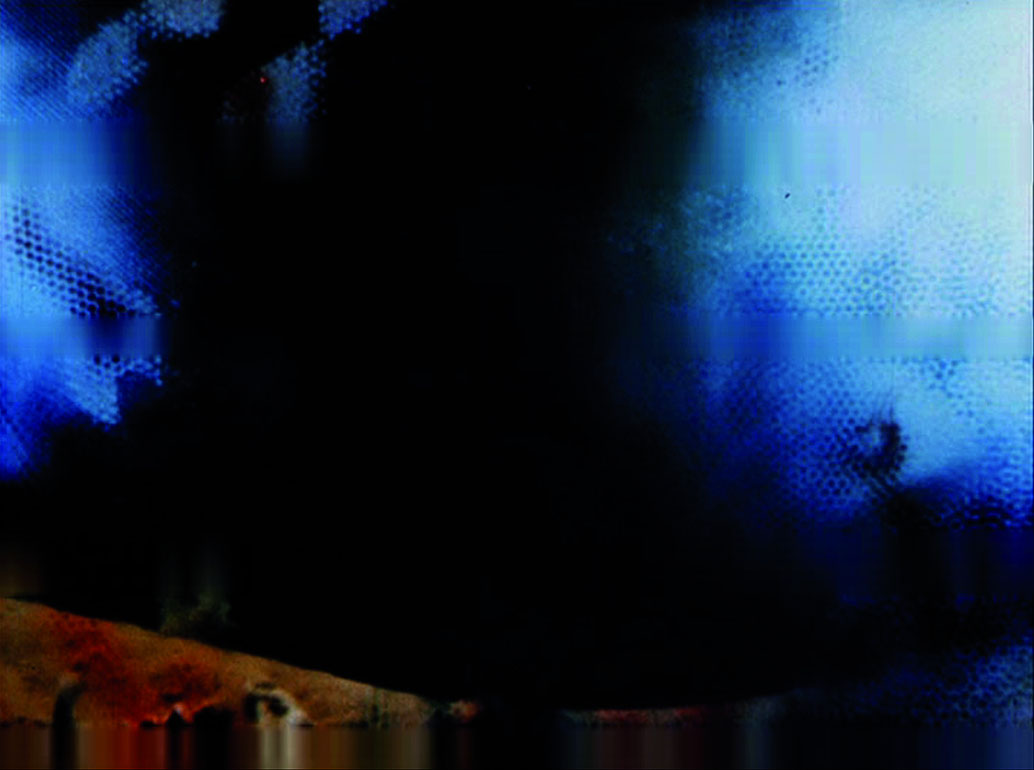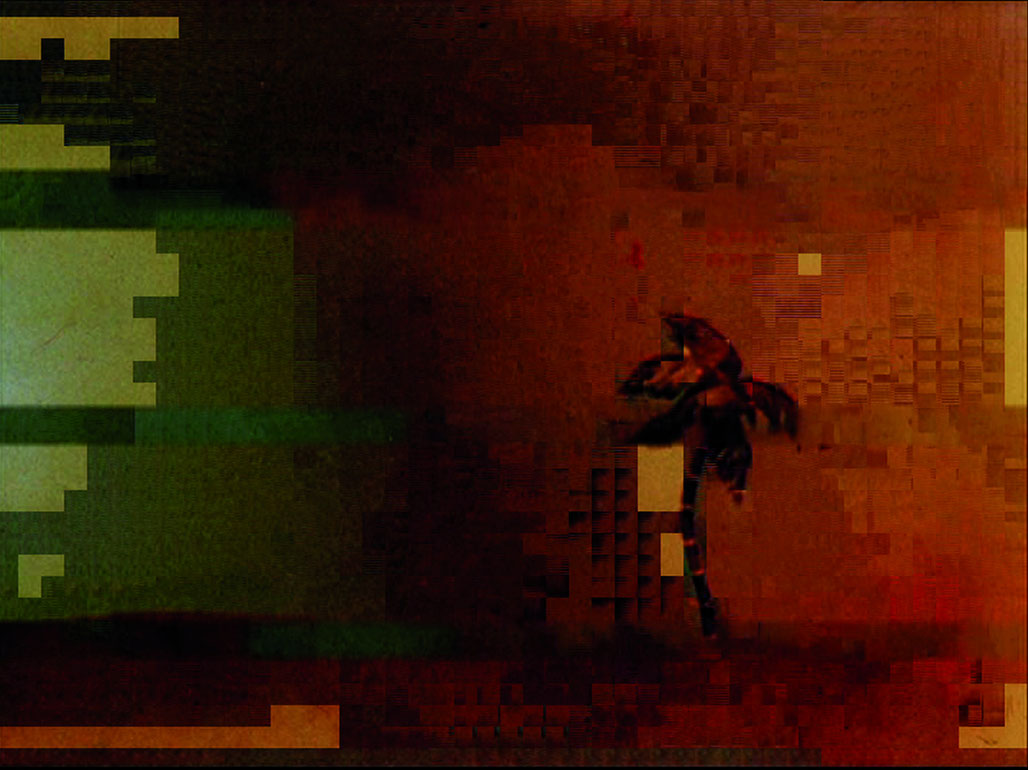distortion
In 1949, Hans Richter retrospectively cited distortion as an essential element in the quiver of the historical film avant-garde. Commercial film production failed to express an interest in such effects. "None of these ´poetic alienation processes´ were under patent; but the film industry still didn´t touch them." (1) In distortion image distortion returns brilliantly, and does so as a commercial copyright instrument, of all things. The material bases of the video are DVD compilations of (largely canonical) experimental, ephemeral, and animation films. When these films are duplicated, their copy protection encoding generates digital artifacts, which now either — depending on the angle — soberly mutilate pictorial inventions by Duchamp, Léger, and Lye, or transform them in a second-order deformation: lips slip, color errors flash, surfaces shimmer, a buffalo nebulizes.
The videos inner dramatic composition leads from sheer abstraction (blobs vs. pixel drift) to concreteness of face, body, landscape, over which stretches the independent digital life of a wafting second skin. In everyday video file consumption interference signals normally point out corrupt data or overtaxed computers, here they move Nsiah´s rhythmic montage and Billy Roisz´s finely modulated soundtrack (distilled from the visual material) back into the avant-garde lab. There, the play with excessive demands is a questioning of what is given (media-technically as well as perceptually) and designing what is new. The gesture obtains its cunning irony in that it is precisely works of the film avant-garde that lose their instrumental working base (16-24 individual frames per second) on DVD. The final shot of distortion, a landscape image, reveals the change to digital motion picture processing as a shift of the horizon. (Joachim Schätz)
(1) Hans Richter: The Avant-Garde Film Seen from Within. – In: Hollywood Quarterly, Heft 4, Herbst 1949. S. 37.
distortion
2016
Austria
5 min



